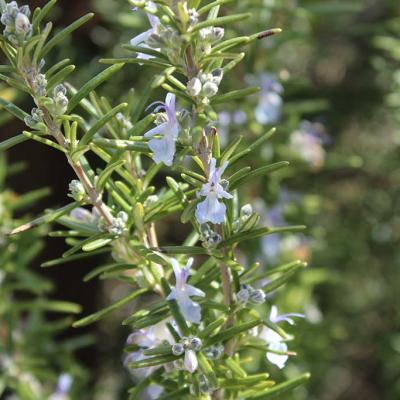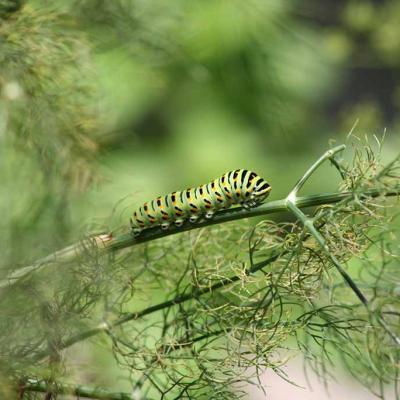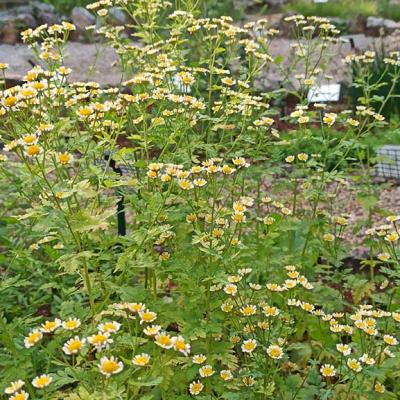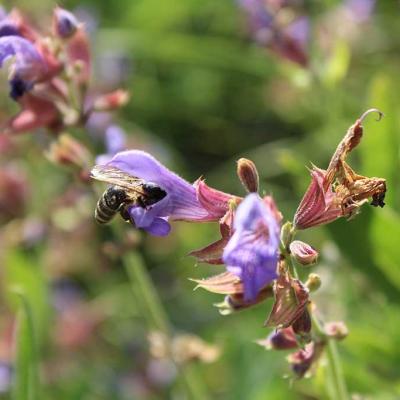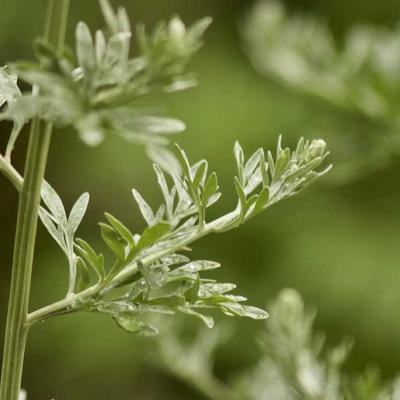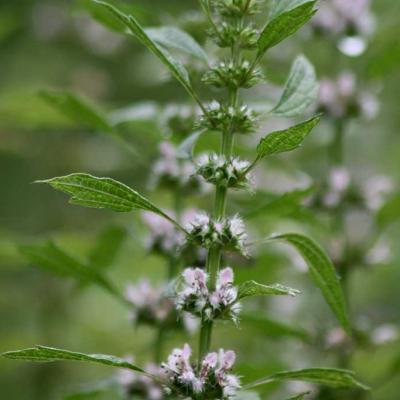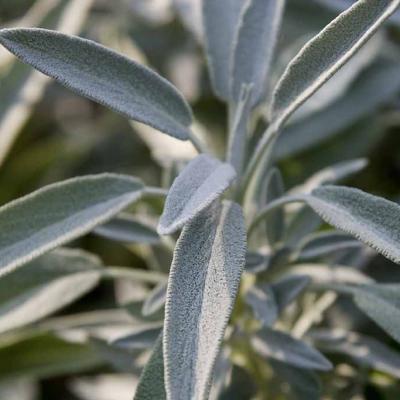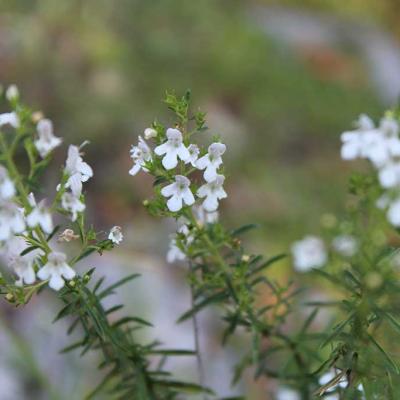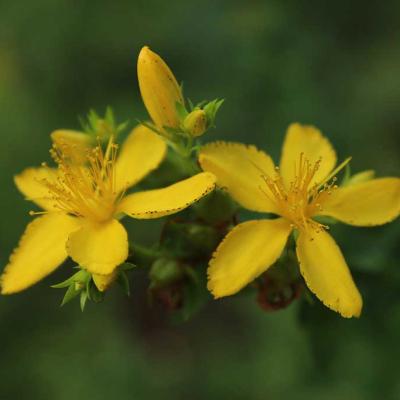Medicinal Plants
Medicinal plants are those that contain active ingredients used for therapeutic or medicinal purposes. In traditional European medicine they have been used for centuries in various medicinal traditions and systems of care.
Medicinal plants can be used in various ways, including the preparation of infusions, decoctions, tinctures, capsules, ointments or as an ingredient in herbal products. The active ingredients found in these plants may have therapeutic properties, including anti-inflammatory, analgesic, antioxidant, sedative, antimicrobial and many other effects.
However, it is important to stress that medicinal plants are not always safe or appropriate for everyone and their proper use should be supervised by an expert, such as an herbalist or doctor specializing in integrative medicine. Furthermore, the effectiveness of medicinal plants may vary from person to person, and they can interact with current medications or pre-existing medical conditions. Therefore, it is always advisable to consult a healthcare professional before using them.
Below we list and describe some medicinal plants present in the flowerbeds at the entrance to the garden.
Winter savory (Satureja montana / variegata). A common aromatic shrubland of the stony grasslands. The linear leaves can be used in the fresh or dried state – the latter better if finely chopped - to flavour sauces, meats and vegetables where thyme or oregano would normally be used. A digestive infusion with a strong flavour is prepared using the leaves.
Lesser and large-flowered calamint (Calamintha nepeta and C. grandiflora). Perennial herbaceous plants of the Labiate family, they are strongly aromatic (the former more than the latter) and grow on well-drained soils in basically dry environments, from the base of dry-stone walls to arid grasslands. from full sun to partial shade. With a rustic aroma similar to that of some wild mints, the plants are traditionally used in the preparation of omelettes. With the leaves you can make a pleasant digestive and stimulating herbal tea.
Water mint (Mentha aquatica). A rhizomatous herbaceous plant of the Labiate family, it also grows in wet areas as an aquatic plant. With a pleasant aroma very close to that of peppermint - a classic industrial aromatic of which it is a precursor - it can be employed for the same uses.
Fennel / wild fennel (Foeniculum vulgare / piperitum). A large herbaceous plant with finely cut leaves that grows in the uncultivated areas of the warmest parts of the Karst, the leaves, the small yellow flowers and the subsequent small fruits can be used for herbal teas or especially to flavour fish-based recipes.
Hop (Humulus lupulus). A climbing plant that twists itself around other plants or supports to prop itself up. Generally it grows in association with brambles or in not too dry uncultivated fields, often together with black bryony and various clematis species, with which it shares the local name of "bruscandoli". Traditionally, the bitter tips of the spring shoots are consumed as cooked vegetables or in omelettes. The "pine cone" infructescences can be used in an infusion and are use to flavour beer.
Common sage (Salvia officinalis). Unlike other herbs such as rosemary, bushy thyme species and lavender, common in the area but only if planted artificially, the sage that everyone knows is naturally native in some coastal areas of the Trieste Karst and on Monte Sabotino above Gorizia.
Medicinal plants can be used in various ways, including the preparation of infusions, decoctions, tinctures, capsules, ointments or as an ingredient in herbal products. The active ingredients found in these plants may have therapeutic properties, including anti-inflammatory, analgesic, antioxidant, sedative, antimicrobial and many other effects.
However, it is important to stress that medicinal plants are not always safe or appropriate for everyone and their proper use should be supervised by an expert, such as an herbalist or doctor specializing in integrative medicine. Furthermore, the effectiveness of medicinal plants may vary from person to person, and they can interact with current medications or pre-existing medical conditions. Therefore, it is always advisable to consult a healthcare professional before using them.
Below we list and describe some medicinal plants present in the flowerbeds at the entrance to the garden.
Winter savory (Satureja montana / variegata). A common aromatic shrubland of the stony grasslands. The linear leaves can be used in the fresh or dried state – the latter better if finely chopped - to flavour sauces, meats and vegetables where thyme or oregano would normally be used. A digestive infusion with a strong flavour is prepared using the leaves.
Lesser and large-flowered calamint (Calamintha nepeta and C. grandiflora). Perennial herbaceous plants of the Labiate family, they are strongly aromatic (the former more than the latter) and grow on well-drained soils in basically dry environments, from the base of dry-stone walls to arid grasslands. from full sun to partial shade. With a rustic aroma similar to that of some wild mints, the plants are traditionally used in the preparation of omelettes. With the leaves you can make a pleasant digestive and stimulating herbal tea.
Water mint (Mentha aquatica). A rhizomatous herbaceous plant of the Labiate family, it also grows in wet areas as an aquatic plant. With a pleasant aroma very close to that of peppermint - a classic industrial aromatic of which it is a precursor - it can be employed for the same uses.
Fennel / wild fennel (Foeniculum vulgare / piperitum). A large herbaceous plant with finely cut leaves that grows in the uncultivated areas of the warmest parts of the Karst, the leaves, the small yellow flowers and the subsequent small fruits can be used for herbal teas or especially to flavour fish-based recipes.
Hop (Humulus lupulus). A climbing plant that twists itself around other plants or supports to prop itself up. Generally it grows in association with brambles or in not too dry uncultivated fields, often together with black bryony and various clematis species, with which it shares the local name of "bruscandoli". Traditionally, the bitter tips of the spring shoots are consumed as cooked vegetables or in omelettes. The "pine cone" infructescences can be used in an infusion and are use to flavour beer.
Common sage (Salvia officinalis). Unlike other herbs such as rosemary, bushy thyme species and lavender, common in the area but only if planted artificially, the sage that everyone knows is naturally native in some coastal areas of the Trieste Karst and on Monte Sabotino above Gorizia.

